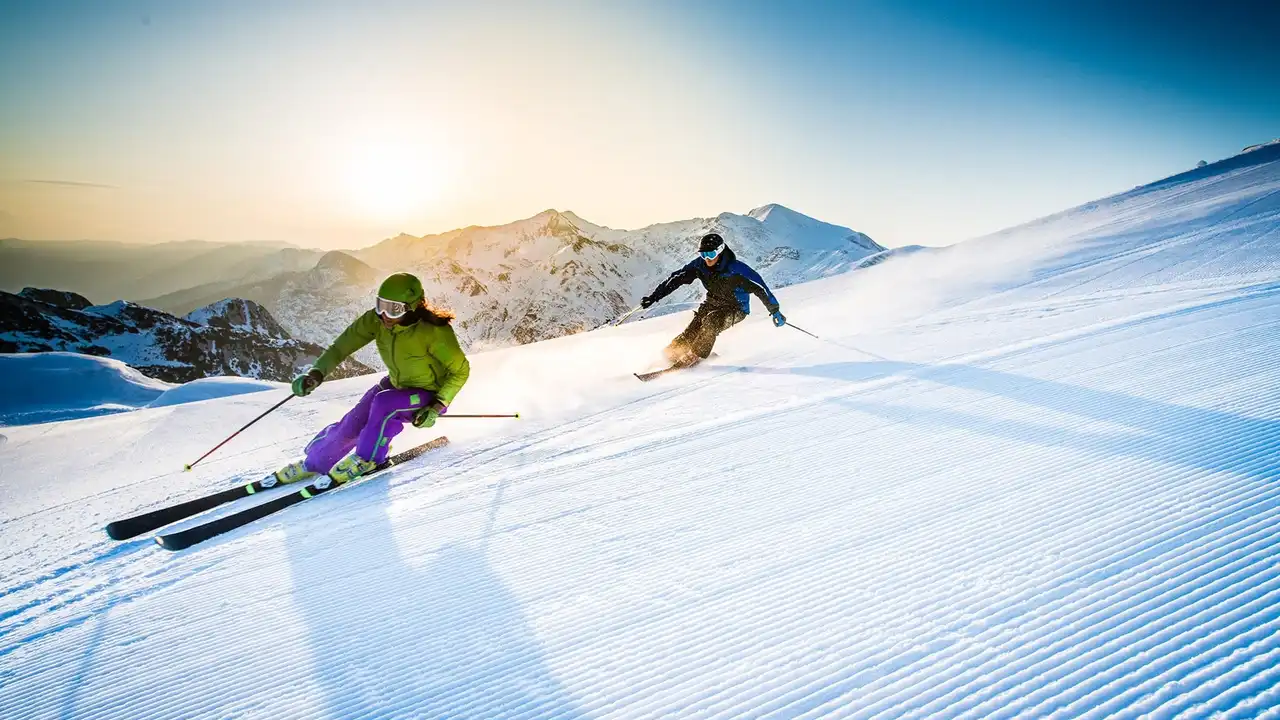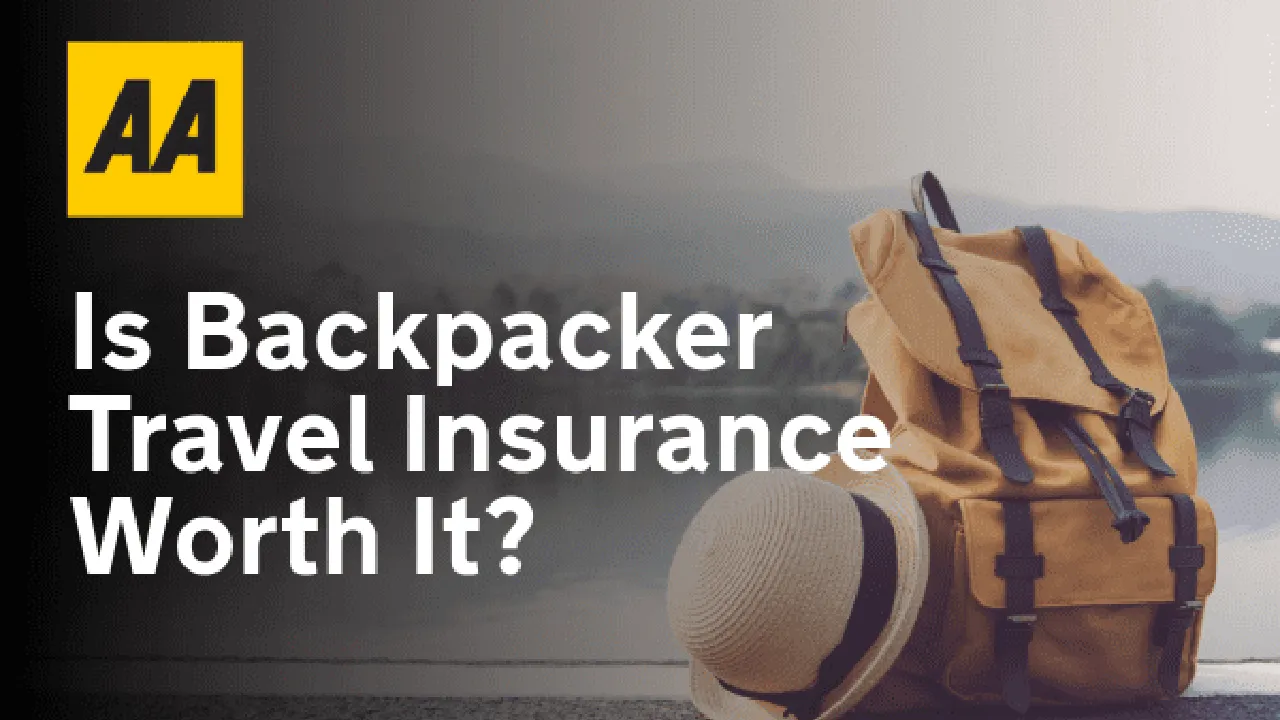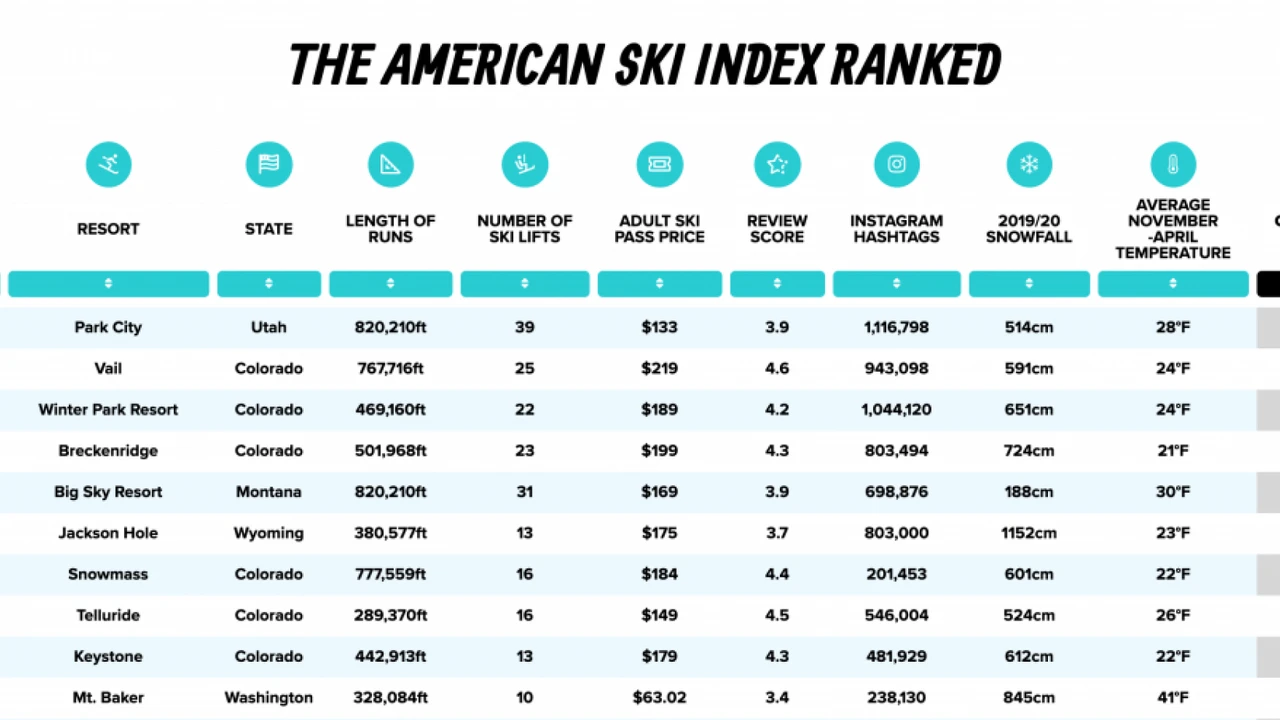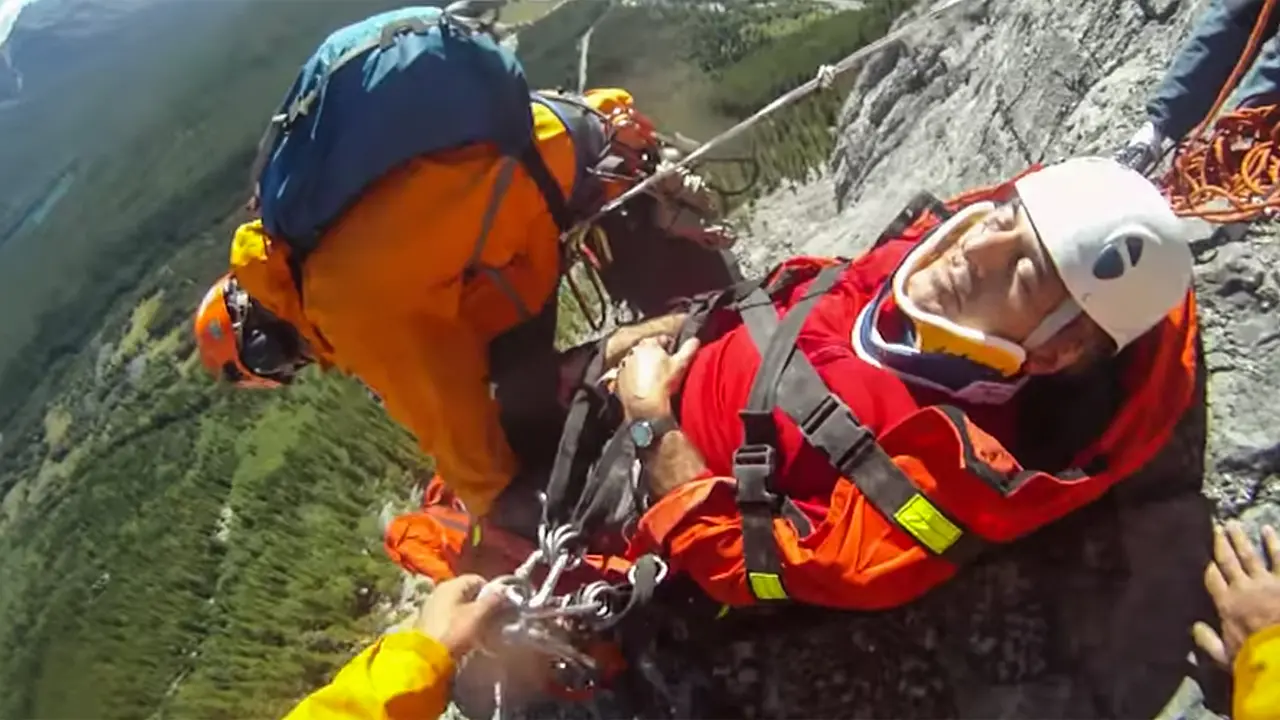Ski Insurance vs. Regular Travel Insurance: Key Differences

Finding the right ski travel insurance can be tough. We compare the top 7 options for US residents heading to the slopes. Get covered for injuries, equipment loss, and trip cancellations this winter.
Understanding the Basics Travel Insurance for Ski Trips
Okay, so you're planning a ski trip. Awesome! But before you hit the slopes, let's talk about insurance. You might be thinking, "Hey, I already have travel insurance. Am I good to go?" Well, maybe, but probably not. Regular travel insurance and ski insurance are not the same beast. They cover different things, and relying solely on regular travel insurance for a ski trip can leave you seriously exposed. Let’s dive into what makes them different.
What Does Regular Travel Insurance Typically Cover
Regular travel insurance is great for general travel needs. Think of it as your basic safety net when you're heading out of town. It usually covers things like:
- Trip Cancellation/Interruption: If you get sick before your trip or have to cut it short due to unforeseen circumstances, this can help you get your money back.
- Lost or Delayed Luggage: Nobody wants to arrive at their destination without their bags. Regular travel insurance can compensate you for lost or delayed luggage.
- Medical Expenses: If you get sick or injured while traveling, this coverage can help pay for medical bills.
- Emergency Evacuation: In serious medical emergencies, this can cover the cost of getting you to the nearest hospital.
Sounds pretty good, right? But here's the catch: most regular travel insurance policies have exclusions for specific activities, and skiing and snowboarding often fall into that category.
Why Ski Insurance is Different Specific Coverage for Winter Sports
Ski insurance, on the other hand, is specifically designed for the risks associated with winter sports. It goes above and beyond regular travel insurance to provide coverage for:
- Ski Equipment: Damaged or stolen skis, snowboards, boots, and other gear can be expensive to replace. Ski insurance can cover these costs.
- On-Mountain Accidents: Getting injured on the slopes is a real possibility. Ski insurance often covers search and rescue, ambulance fees, and medical expenses related to skiing injuries.
- Bad Weather: If a snowstorm shuts down the ski resort and you can't ski, ski insurance can reimburse you for lost lift tickets and accommodations.
- Avalanche Coverage: For those venturing into backcountry skiing, avalanche coverage is crucial. This can cover rescue operations and medical expenses in the event of an avalanche.
Key Differences Highlighted Comparing Policies
Let's break down the key differences in a table to make it crystal clear:
| Feature | Regular Travel Insurance | Ski Insurance |
|---|---|---|
| Activity Coverage | General travel-related incidents | Specific to skiing and snowboarding |
| Equipment Coverage | Limited or no coverage for ski equipment | Covers damaged, lost, or stolen ski equipment |
| On-Mountain Accidents | May cover general medical expenses | Covers search and rescue, ambulance, and ski-related injuries |
| Weather-Related Issues | May cover trip delays | Covers resort closures due to weather |
| Backcountry Coverage | Typically excludes backcountry activities | May include avalanche coverage and backcountry rescue |
Specific Product Recommendations: Ski Insurance Plans
Okay, so you're convinced you need ski insurance. Great! Here are a few specific product recommendations to get you started:
1 World Nomads Explorer Plan
What it Covers: This plan is a solid all-around option, covering medical emergencies, trip cancellations, and lost or stolen gear. It also offers coverage for a wide range of adventure activities, including skiing and snowboarding.
Ideal For: Adventurous travelers who want comprehensive coverage for various activities.
Pros: Good coverage limits, customizable options, and 24/7 emergency assistance.
Cons: Can be a bit pricier than other options.
Price: Varies depending on trip duration and coverage level, but expect to pay around $100-$200 for a week-long trip.
Using Scenario: John plans a ski trip for 7 days to Vail, Colorado. Considering it's a high-value trip, and the cost of medical care at Vail is substantial, purchasing the Explorer plan with higher coverage limits is a good choice to protect his investment and well-being.
2 IMG Signature Travel Medical Insurance
What it Covers: Excellent for medical coverage, including on-mountain accidents and emergency evacuation. It also includes trip interruption and baggage loss coverage.
Ideal For: Travelers primarily concerned about medical emergencies while skiing.
Pros: High medical coverage limits, available for long durations, good for pre-existing conditions (with certain limitations).
Cons: Less comprehensive for trip cancellation/interruption than other plans.
Price: Around $70-$150 for a week-long trip, depending on age and coverage level.
Using Scenario: Sarah, a 50-year-old skier, has a pre-existing knee condition and is worried about potential injuries during a ski trip to Park City. IMG Signature Travel Medical Insurance will give her peace of mind, knowing that she has extensive medical coverage for any knee-related issues and other medical emergencies that may arise during her trip.
3 Travel Guard Essential Plan
What it Covers: A more budget-friendly option that still provides decent coverage for medical expenses, trip cancellation, and lost luggage. Offers optional upgrades for adventure sports coverage.
Ideal For: Budget-conscious travelers who want basic coverage for their ski trip.
Pros: Affordable, easy to understand, and offers optional upgrades.
Cons: Lower coverage limits compared to more comprehensive plans.
Price: Typically around $50-$100 for a week-long trip.
Using Scenario: Michael, a college student, is planning a budget ski trip with friends to Lake Tahoe. He wants to protect his trip investment without spending too much on insurance. Travel Guard Essential Plan fits his needs perfectly as it provides basic coverage for trip cancellation, medical expenses, and lost luggage at an affordable price.
Comparing The Products Detailed Comparison
Here's a more detailed comparison of these three plans:
| Feature | World Nomads Explorer Plan | IMG Signature Travel Medical Insurance | Travel Guard Essential Plan |
|---|---|---|---|
| Medical Coverage | High | Very High | Moderate |
| Trip Cancellation/Interruption | High | Moderate | Moderate |
| Equipment Coverage | Good | Limited | Optional Upgrade |
| Adventure Activities | Included | Limited | Optional Upgrade |
| Price | $$$ | $$ | $ |
| Ideal For | Comprehensive coverage for adventurous travelers | High medical coverage for concerned travelers | Budget-conscious travelers with basic needs |
*Price Key: $ = Affordable, $$ = Moderate, $$$ = Premium
Scenarios: When to Choose Each Type of Insurance
Still not sure which type of insurance you need? Here are a few scenarios to help you decide:
Scenario 1: The Beginner Skier
You: You're a beginner skier or snowboarder, taking a trip to a local resort for a few days.
Your Needs: You're primarily concerned about medical expenses in case of an accident. You also want coverage for lost or delayed luggage.
Recommendation: Travel Guard Essential Plan with the adventure sports upgrade. This will give you basic coverage at an affordable price.
Scenario 2: The Experienced Backcountry Skier
You: You're an experienced backcountry skier, planning a week-long trip to the Alps.
Your Needs: You need comprehensive coverage for medical emergencies, search and rescue, avalanche coverage, and damaged equipment.
Recommendation: World Nomads Explorer Plan. This plan offers the most comprehensive coverage for backcountry skiing.
Scenario 3: The Family Ski Trip
You: You're taking your family on a ski trip to Colorado.
Your Needs: You need coverage for medical expenses for the whole family, trip cancellation in case someone gets sick, and lost or damaged equipment.
Recommendation: A family plan from World Nomads or IMG. These plans offer discounts for families and comprehensive coverage for everyone.
Where to Buy Ski Insurance Top Providers and Comparison
Now that you know what to look for, where can you buy ski insurance? Here are a few of the top providers:
- World Nomads: Known for their comprehensive coverage and adventure travel focus.
- IMG: Excellent for medical coverage and long-term trips.
- Travel Guard: Offers a variety of plans to fit different budgets and needs.
- Allianz Global Assistance: A reputable provider with a wide range of travel insurance options.
- Travelex Insurance Services: Offers customizable plans and good customer service.
It's always a good idea to compare quotes from multiple providers before making a decision. Read the fine print and make sure you understand what's covered and what's not.
Tips for Choosing the Right Ski Insurance Policy
Here are a few final tips to help you choose the right ski insurance policy:
- Read the Fine Print: Understand the exclusions and limitations of the policy.
- Consider Your Activities: Choose a policy that covers the specific activities you'll be participating in.
- Check Coverage Limits: Make sure the coverage limits are high enough to cover potential expenses.
- Look for 24/7 Assistance: Choose a provider that offers 24/7 emergency assistance.
- Compare Quotes: Get quotes from multiple providers before making a decision.
By understanding the differences between regular travel insurance and ski insurance, and by following these tips, you can choose the right policy to protect yourself and your investment on your next ski trip. Happy skiing!
:max_bytes(150000):strip_icc()/277019-baked-pork-chops-with-cream-of-mushroom-soup-DDMFS-beauty-4x3-BG-7505-5762b731cf30447d9cbbbbbf387beafa.jpg)






